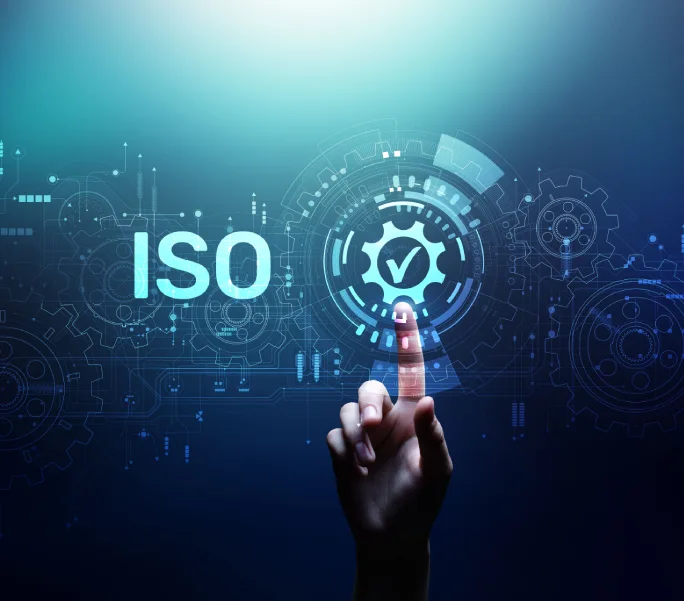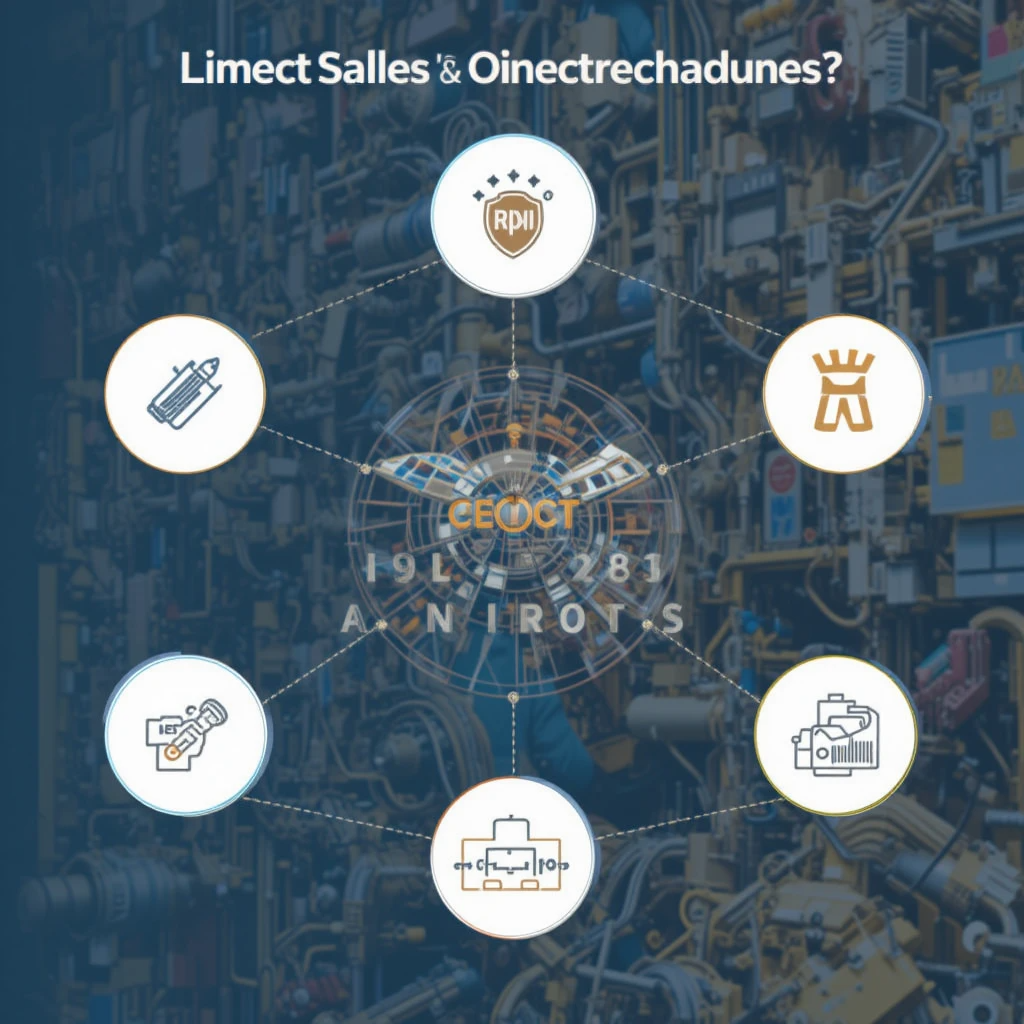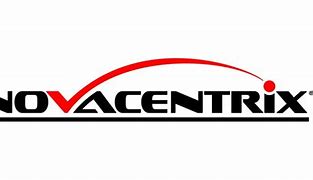We are changing our name from Blue Wolf to QIC Global
We are changing our name from Blue Wolf to QIC Global
Get the ISO 9001 quality management system standard to meet customer demands. Enhance their satisfaction level and strengthen your revenue margin by implementing quality clauses in your system. ISO 9001 designs the most relevant set of policies for managing the quality of the products/services. Achieve the certification to avoid government penalties. Increase your market potential and establish a competitive edge.





ISO 9001 is the global certification standard for quality management systems. It provides regulatory references to maintain comprehensive quality assurance operations. The clauses apply to companies across different domains, regardless of the size. Getting ISO 9001 certification aims to attain customer demands, which culminates in utmost satisfaction. With the application, companies establish brand loyalty, stabilizing their revenue margin. The standard offers specific guidance, which is mandatory to prioritize customers’ buying behavior. For subsequent development of the system for sustainability, ISO 9001 is a necessity.
ISO 9001 is legally mandatory for some organizations. Companies need the assistance of the standard as it professionally enables the management to become more proactive. From participating in public tenders to complying with statutory terms, a plethora of aspects are covered by ISO 9001.

Under ISO 9001:2015, enterprises have to develop an effective Quality Management System (QMS) to enable them to deliver well-crafted products and services that are reliable over time in terms of meeting consumer demands and compliance. The standard complies with the Plan-Do-Check-Act (PDCA) model and applies risk-based thinking to each phase of operations.
Context of the Organization (Clause 4): determine the internal/external influences and the needs of the stakeholders that have an impact on the QMS.
These requirements are not only meant to be complied with but also to create a more efficient organization and an organization that customers trust and that will last long term.
Some of the greatest obstacles that organizations can encounter when being audited on ISO 9001:2015 include non-conformities. They come about where the processes, documentation, or systems do not ensure compliance with requirements, and may be merely lapses or go all the way to system failures. The effective resolution of non-conformities will assist in the process of maintaining the certification and better quality outcomes.
Some common non-conformities include:



“I want to express my sincere appreciation for your support during our recent ISO audit.”


“One of the best business decisions I think we've made in the entire time we've been here in the company.”


We make auditing your ISO Standards easy. We know audits can be stressful. We’ll take the stress out.


“What seemed like a very intimidating process … was made simple … and [has] elevated our quality and safety program to another level.”


“…our staff feel comfortable talking to [the auditor]… makes you feel like you are working together”


“…Relaxed, didn't feel pressured..."


“I would just say, if you want the best and you want to things done quickly and accurately that I’d go with Blue Wolf. The service was great. Again, just to the point, very speedy, not a lot of fluff around things. We just got to work and got it done and that was the objective.”


“Your approach [to the audit process] is by far superior than any other audit I’ve ever been through. The contrast was night and day”


“There was so much going on at the time of the audit that I just wanted to go back to the audit, it was more relaxing”


“I don’t ever want to experience an audit a different way”


“If everybody could have an audit experience like this, more and more people would actually consider an ISO certification”


“I learned a whole lot from what we just went through with [the auditor] that I didn’t even understand about the standard before”


“Our experience has been that this process in working with the auditors has shown us more ways to improve internally than what we expected”


“What seemed like a very intimidating process … was made simple … and [has] elevated our quality and safety program to another level.”


“…Relaxed, didn't feel pressured..."


“…our staff feel comfortable talking to [the auditor]… makes you feel like you are working together”


“It’s a very smooth and very clear process. Definitely recommended.”


"The auditor was very knowledgeable, very understanding, very helpful."


“Would give them a 10 out of 10 and would highly recommend them to anybody looking to get ISO certification in the future.”


“I found Blue Wolf to be the Cheapest and most experienced in my eyes ‘cause all of the price ranges were higher than Blue Wolf, so I stuck with Blue Wolf. Their quality was very high as well.”


“The service provided by Blue Wolf has been second to none.”


“Blue Wolf streamlined the entire process. They were very easy to communicate with and work with, very cordial, and just an all-around good experience.”


“Blue Wolf makes a great partner for not only getting but maintaining your ISO certifications.”
Quality Management Systems
Environmental Management Systems
Occupational Health and Safety Management Systems
Information Security Management Systems
The Information Technology (IT) Service Management System Standard for earning global recognition!
Global Quality Management Standard for Medical Devices
Energy Management System efficiency
Food Safety Management Systems
Anti-Bribery Management System
Business continuity management system
The Privacy Management Standard for corporate documents
The education management standard for a better learning experience!